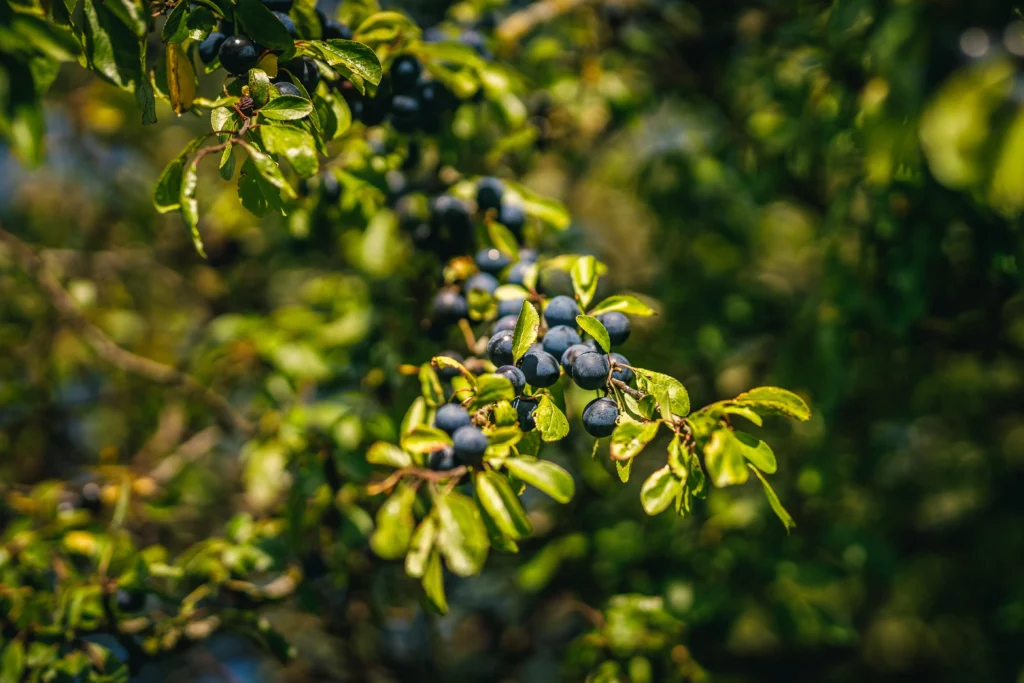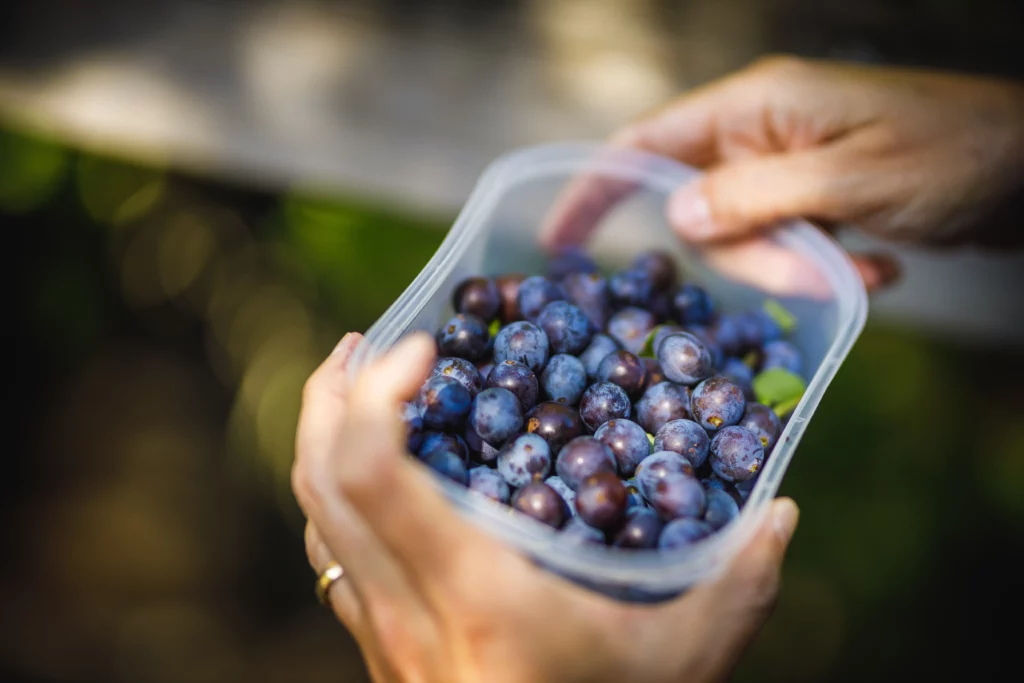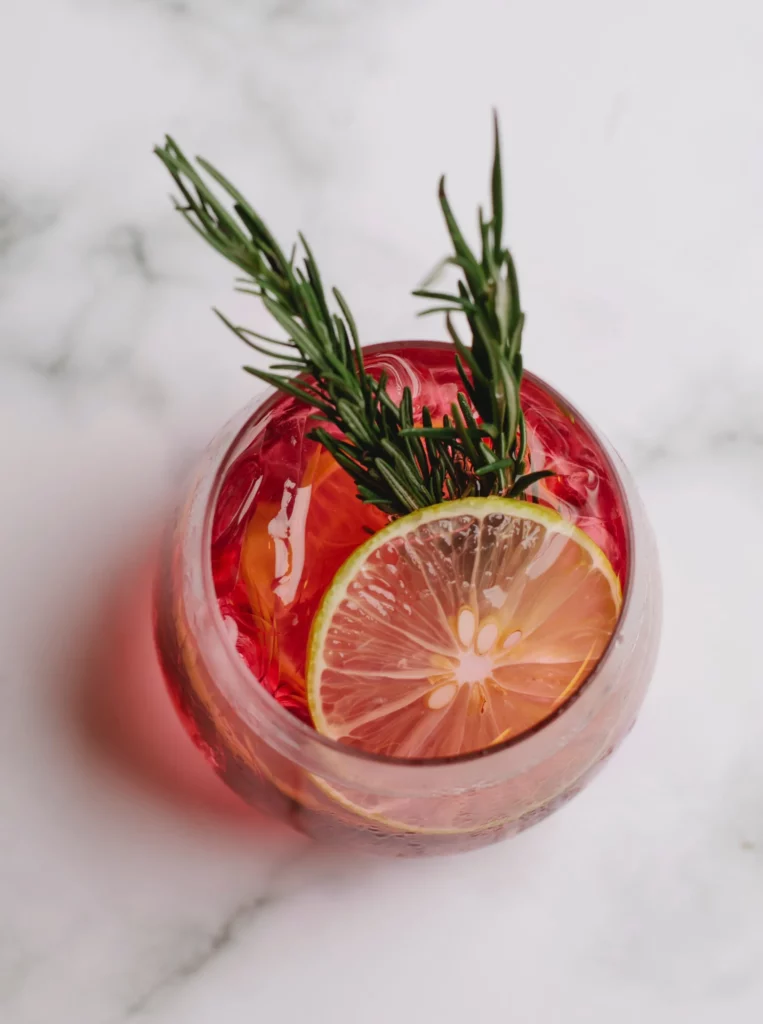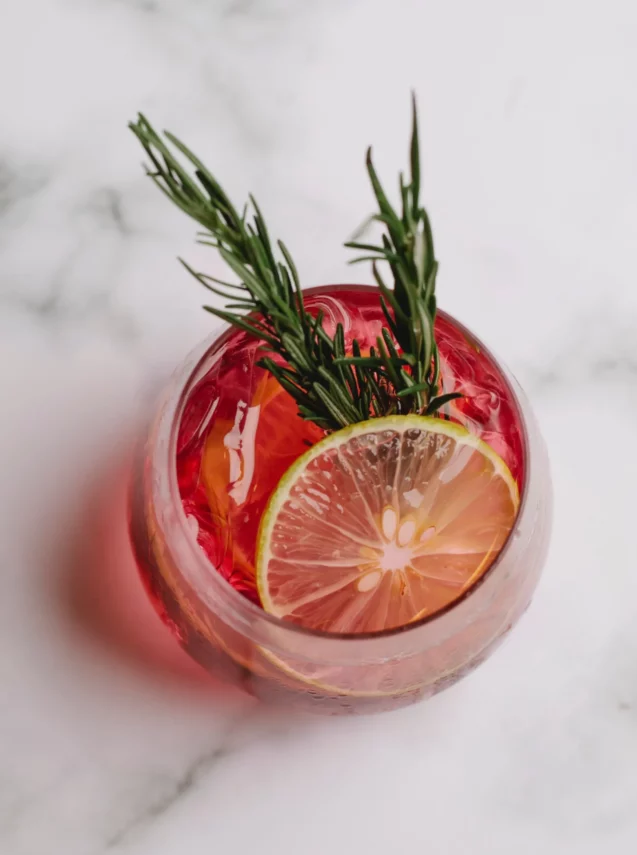Sloe gin has charmed its way into the hearts of gin enthusiasts worldwide. But did you know that its origins are deeply intertwined with the vibrant Irish culture? Let’s delve into the fascinating world of sloe gin and discover how to craft your own using Muckross Wild Irish Gin with our sloe gin recipe.
Origins and History
Sloe gin is not a new phenomenon. Its roots trace back to old English traditions when sloe berries were infused with gin to create a flavourful, sweet, and slightly tart liqueur. This deep-red spirit has always been a favourite during the colder months, offering warmth and comfort.
The historical significance of sloe berries in Ireland is evident in the name of our home town, Killarney. Translated from the Irish – ‘Cill Airne’, Killarney literally means “Church of the Sloes.” Such a name beautifully underlines the cultural importance of this tiny fruit and is one of the reasons why Blackthorn is one of the core ingredients in our gin.
Where Do Sloe Berries Come From?
Sloe berries are the fruit of the blackthorn bush, a wild shrub found across Europe. These small, blue-black berries have a tart taste and become ripe and ready for picking during the autumn months. The best time to harvest sloe berries is after the first frost, which breaks down the berry’s cell walls and releases their juices more easily.

Crafting Your Sloe Gin
For a genuinely unique experience, opt for Muckross Wild Irish Gin as your base spirit in this sloe gin recipe. Its exquisite balance of botanicals perfectly complements the rich flavours of the sloe berries. Here’s a step-by-step guide to making your homemade version using our sloe gin recipe:
1. Harvesting: Wait until after the first frost to pick your sloe berries. This ensures that they’re at their juiciest.
2. Preparation: Wash and pat dry the sloe berries. Prick each berry with a fork to aid in juice extraction.
3. Mixing: In a large, sterilized jar, add the sloe berries. For every 450g of sloes, add 225g of sugar. Pour Muckross Wild Irish Gin over the berries until they’re fully submerged.
4. Infusion: Seal the jar and store it in a cool, dark place. Shake the jar every other day for the first week and then once a week for at least two months.
5. Bottling: After the infusion period, strain your liquid into sterilized bottles. Seal and store them in a cool place.

How to Strain Sloe Gin
The straining process is essential for achieving a clear, sediment-free liquid that looks as good as it tastes. After your gin has been infused for the recommended period, the berries and any residues need to be separated from the liquid to ensure a smooth finish. To strain your sloe gin, follow these steps:
1. Preparation: Place a large bowl or jug on a stable surface.
2. Fine Mesh Sieve: Position a fine mesh sieve or strainer over your bowl or jug. Slowly pour the coloured liquid mixture through the sieve, allowing it to capture the sloe berries and larger particles.
3. Muslin or Cheesecloth: For an even clearer finish, you can further strain your sloe gin through a piece of muslin or cheesecloth. This will catch any finer particles that made it through the sieve. Simply lay the cloth over a funnel placed atop your storage bottle, then slowly pour the sloe gin through. If you notice any remaining residue, you can repeat this step.
4. Bottling: Using a funnel, transfer the strained liquid into sterilized bottles. Seal them tightly to preserve the flavour and freshness.
Remember, while the straining process removes the berries and any sediment, it doesn’t remove the rich flavours and colours the berries imparted to the gin. The result is a beautifully clear sloe gin, ready to be enjoyed in its purest form.
Sloe Gin Calories
A common query many have when indulging in this flavourful spirit is – How many calories are in sloe gin? As with all alcoholic beverages, sloe gin does contain calories. However, it’s worth noting that the addition of sloe berries and sugar makes it slightly more calorific than standard gin. On average, a 25ml serving of sloe gin contains approximately 69 calories. This number can vary depending on the sugar content and specific recipe used. For those watching their caloric intake, it’s essential to enjoy all alcohol in moderation and be mindful of mixers or additions that can further increase the drink’s calorie count. While sipping on this delightful drink, remember that balance is key, and it’s always good to be informed about what you’re consuming.
Serving Suggestions
Sloe gin, with its rich and complex flavour profile, is versatile in serving. You can sip it neat, over ice, or use it as a base in cocktails. For a classic treat:
Sloe Gin Fizz:

1. Pour 50ml of your homemade sloe gin into a shaker.
2. Add 20ml of lemon juice, 15ml of simple syrup, and an egg white.
3. Shake vigorously and strain into a glass.
4. Top with soda water and garnish with a slice of lemon and a sprig of rosemary.
Ultimately, sloe gin’s popularity stems from its delightful taste, storied history, and the warmth it brings during chilly nights. Making your own sloe gin using Muckross Wild Irish Gin is a nod to tradition while adding a unique Irish twist that pays homage to Killarney – the Church of the Sloes. So, as autumn approaches, get ready to indulge in the time-honoured ritual of crafting and enjoying your very own homemade sloe gin.
If you are looking for further inspiration, you can find more serving suggestions & cocktail recipes on our wild serves page.


